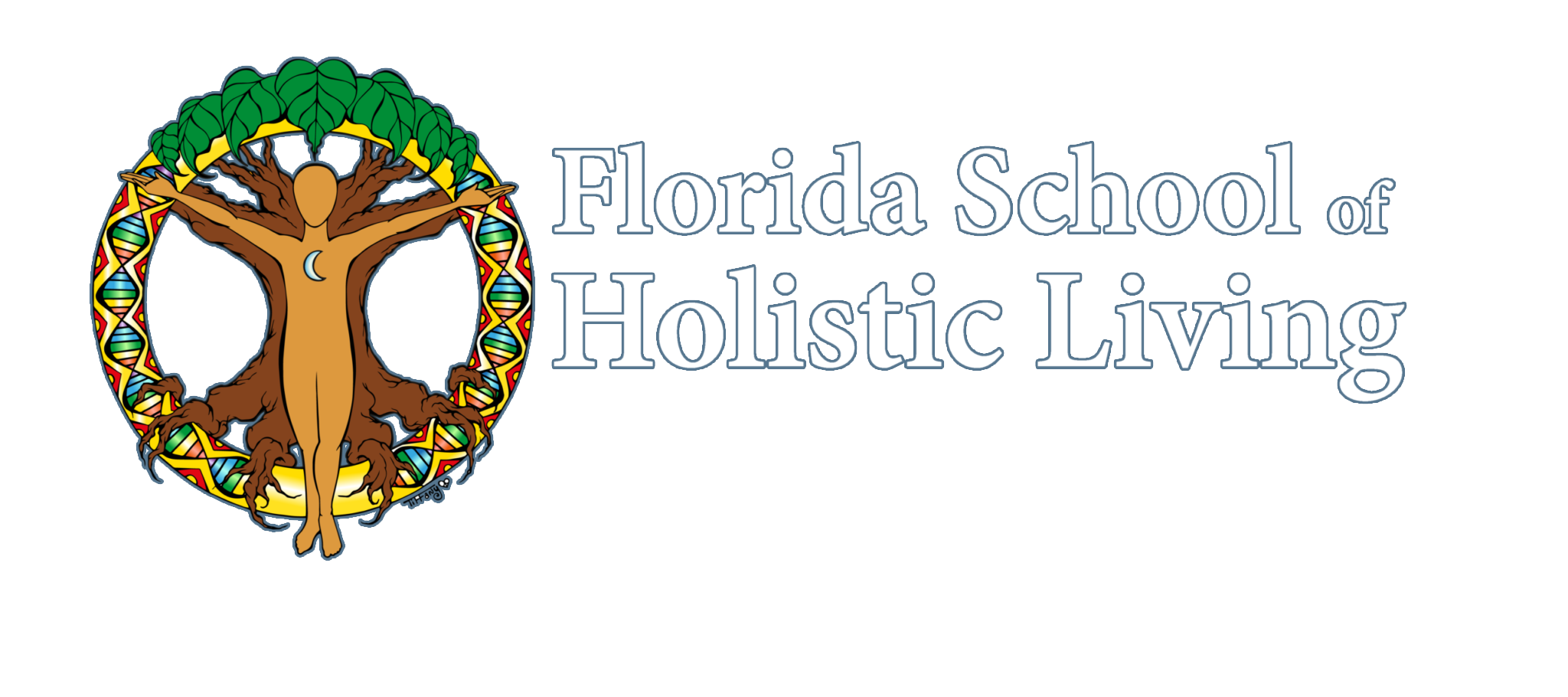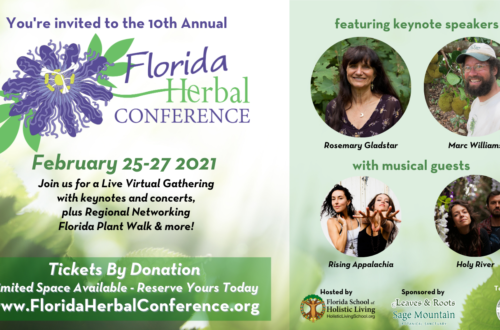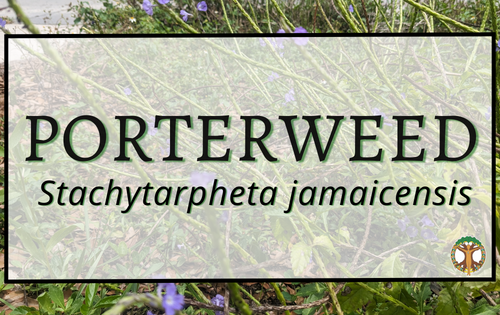An Introduction to Permaculture
Written by our friends at Orlando Permaculture
—
The term permaculture comes from the words “permanent” and “culture. “ However, many people have different definitions for permaculture and rightly so. The reason for this is that permaculture can be a mix of things. It is a way to design creative strategies as well as long-term solutions. It involves processes based upon the observations and patterns of nature. Permaculture can even be an approach to navigate your everyday inner world. Just as diverse and varied our natural systems around the world, so are the applications of permaculture. It is a way of thinking that’s ahead of its time, but also connects us with the traditional practices of our ancient ancestors. It is living within our ecological means today so that future generations can further the progress of the human species and not have to pay for our many errors and environmental impacts. The prime directive of permaculture stated by Bill Mollison is to “take responsibility of our own existence and that of our children.” 1
The principles of permaculture were put in print by Australians Bill Mollison and David Holmgren in the 1970’s in a series of books. Permaculture is founded on three principal ethics – care for the Earth, care for People and care for future generations. The third ethic is also known as “fair share” or “return of surplus” and involves setting limits to population and consumption to conserve and further the first two ethics. Permaculture solutions and strategies have these ethics in mind and each ethic is connected to the other in some fashion or form. Through implementing these ethics in our design strategies and solutions, we work with nature rather than against it.
Earth Care
Earth care teaches us to seek out and learn the best ways to benefit from and interact with our earth in a harmonious and balanced way. It challenges us to reconsider our social and cultural beliefs and to appreciate the mechanisms and systems that provide our many life-supporting energies: air, water, warmth, sunshine, food. In nature, all things are interdependent upon one another. They create a web of interconnectedness and it is within these relationships that we can derive our greatest knowledge of how to take care of ourselves and the world around us. The earth that has thrived for a millennium, regenerated from natural disasters and climate shifts, and continues to provide a home for us. Mother Earth can be a profound teacher and learning from her is crucial to preventing a global environmental crash or crisis. A big part of earth care is creating a new definition of humanity within the natural world, where we as homo sapiens act as regenerative agents and stewards for nature, while accepting ourselves as being a part of it all. Earth care means looking deeper into the ecology of our biome and determining what kinds of systems, both for food production and cultural preservation, can support life on earth. It’s not about black and white, one-sized all solutions across the globe, but relearning how to be keen observers. This allows us to understand that we can be interdependent ecosystem players and feed-back processors. It teaches us to interact, observe and listen within our local spaces and places, and mimic that which nature has proved to be all inclusive processes. For example, instead of spraying wasp insecticide, which is economically costly and potentially harmful/poisonous to other creatures, the earth care ethic teaches us to observe nature and incorporate a natural control into our permaculture design. In other words, you may lack a balanced wasp predator population in your yard.
People Care
Too often ecological and green movements leave out the most crucial element: how do we adapt ourselves for the great shift that is coming? How do we change ourselves from a scarcity mentality to one of abundance and thus improve our lives and the lives of those we care about? These questions are crucial to the second permaculture ethic: people care. People, their built environment and the ways in which they organize themselves are central to permaculture. The people care ethic challenges us to reconsider our priorities, to move away from a scarcity mindset, and to care more about the non-material; our relationships and our overall well-being. Within this shift, sustainability and personal responsibility become major factors in our lives. With our focus centered on non-material well-being rather than the accumulation of material possessions and monetary wealth, sustainability and personal responsibility becomes more feasible. We can design people care systems which use permaculture ethics and principles. These systems can transform the way we view the world, how we navigate our lives and create a platform to help us live more abundantly. To live a life where people care is at the center means to thrive individually and collectively, while honoring our relationships and leading purposeful lives. We must practice and see gratefulness in the world around us, as we better understand our potential as a group.
Fair Share
In order to care for ourselves, our communities, and future generations we need to set limits to our consumption and reproduction, while learning how to properly redistribute our surplus and many forms of capital. This third ethic, fair share, is about appreciating both the abundance and limits of nature. A sense of abundance can occur when we experience the many gifts nature has to offer, such as the harvest from fruit trees during the summer months. For example, in Central Florida, mangos are available in the summer months (June to September). This perceived sense of abundance and interdependence from our local supply is lost when mangoes are continuously available as a result of commercial agriculture. We become disconnected and can become unaware of when these delicious fruits are actually available from local sources. By exercising fair share we learn to respect the patterns of nature, limit our tendency to consume, and limit our dependency on modern day conveniences. Redistribution of surplus is sharing extra resources to help the earth and people in our immediate circle of influence. To share our own abundance is meeting our needs and the needs of others. Where there may be no perceived obligation or reward for our generosity. One example is building soil and improving the biodiversity of our local biome, which in turn can increase the capacity for sustainability that will benefit future generations. As the Greek proverb goes, “A society grows great when old men plant trees whose shade they know they shall never sit in.”
These 3 ethics set a foundation for using permaculture in our everyday lives. We do not do permaculture, but simply apply it where it is necessary. This foundation assists us in making the shift to living a more interdependent life as we reintegrate back into the inclusive processes of nature that are currently sustaining and rehabilitating the planet. Permaculture allows us to not only look at sustainability, but more importantly, to consider regenerative processes and systems that can facilitate healing on a local scale.
In addition to the ethics, David Holmgren co-founder of Permaculture summarized Bill’s observations into brief statements or slogans which can be organized in a checklist.
Principles of Permaculture
Here are the 12 principles as described by David Holmgren.2
- Observe and Interact – “Beauty is in the mind of the beholder”
By taking the time to engage with nature we can design solutions that suit our particular situation. - Catch and Store Energy – “Make hay while the sun shines”
By developing systems that collect resources when they are abundant, we can use them in times of need. - Obtain a yield – “You can’t work on an empty stomach”
Ensure that you are getting truly useful rewards as part of the working you are doing. - Apply Self Regulation and Accept Feedback – “The sins of the fathers are visited on the children of the seventh generation”
We need to discourage inappropriate activity to ensure that systems can continue to function well. Negative feedback is often slow to emerge. - Use and Value Renewable Resources and Services – “Let nature take its course”
Make the best use of nature’s abundance to reduce our consumptive behavior and dependence on non-renewable resources. - Produce No Waste – “Waste not, want not” or “A stitch in time saves nine”
By valuing and making use of all the resources that are available to us, nothing goes to waste. - Design From Patterns to Details – “Can’t see the forest for the trees”
By stepping back, we can observe patterns in nature and society. These can form the backbone of our designs, with the details filled in as we go. - Integrate Rather Than Segregate – “Many hands make light work”
By putting the right things in the right place, relationships develop between those things and they work together to support each other. - Use Small and Slow Solutions – “Slow and steady wins the race” or “The bigger they are, the harder they fall”
Small and slow systems are easier to maintain than big ones, making better use of local resources and produce more sustainable outcomes. - Use and Value Diversity – “Don’t put all your eggs in one basket”
Diversity reduces vulnerability to a variety of threats and takes advantage of the unique nature of the environment in which it resides. - Use Edges and Value the Marginal – “Don’t think you are on the right track just because it’s a well-beaten path”
The interface between things is where the most interesting events take place. These are often the most valuable, diverse and productive elements in the system. - Creatively Use and Respond to Change – “Vision is not seeing things as they are but as they will be”
We can have a positive impact on inevitable change by carefully observing and then intervening at the right time.
If you’re interested in learning more about these principles and ethics, join us for our permaculture series at the Florida School of Holistic Living, Holistic Living Through the Permaculture Lens beginning September 10th!
Bibliography:
1 B. Mollison, Permaculture: A Designer’s Manual Tagari Press 1988
2 D. Holmgren, Permaculture: principles and pathways beyond sustainability Holmgren Design Services 2002



